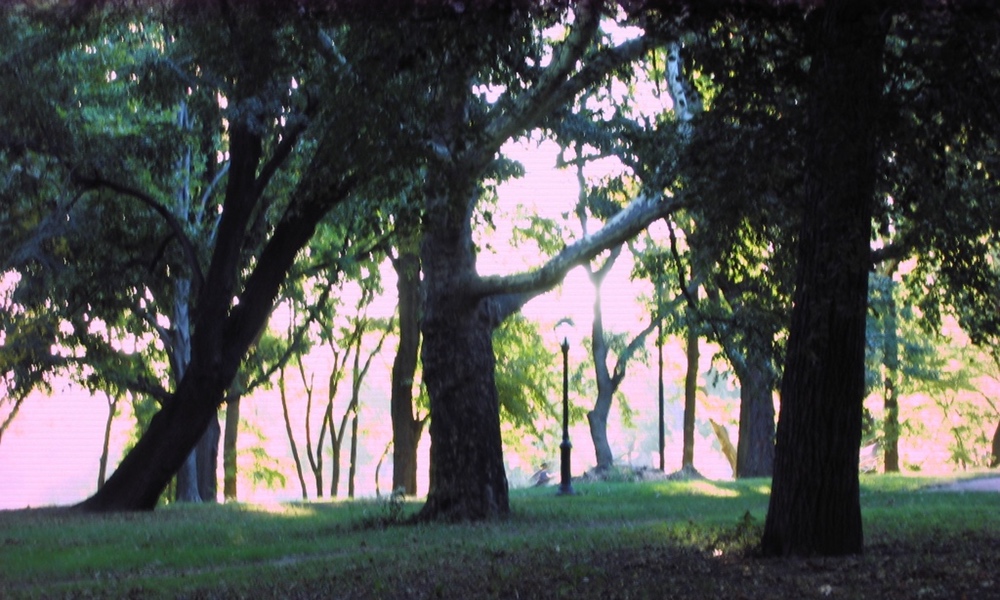Don't laugh — Children do better academically when there are more trees near their elementary school.
This idea is supported by a study of nearly 320 Chicago elementary schools, and though it didn't prove that this approach will work, it did show a definite relationship between the number of trees near a school and students' math performance and suggests planting trees at the nation's lowest-achieving schools could boost student performance.
The effects of nature on human health and behavior are well-documented. Other studies have shown a relationship between greenness and academic performance, but none has examined whether this benefit operates in high-poverty schools. So environmental psychologist Ming Kuo Kuo and her team set out to test this in some of Chicago's poorest schools.Tree cover around the schoolyard predicted both reading and math performance — the more trees, the better the performance. Grass had no effect.
Using high-resolution aerial imagery to measure tree and grass cover in each schoolyard and surrounding neighborhood, the researchers first conducted a simple examination of how math and reading test scores varied with greenness. They found that schoolyard tree cover predicted both reading and math performance — the more trees, the better the performance. Grass had no effect.
They then did a more sophisticated analysis, factoring in the known effects of poverty and minority status on school performance. This confirmed that schoolyard trees positively predicted math scores. Reading scores also tended to be better with more schoolyard trees, but the effect seen was not strong enough to be statistically significant.
Further analysis found that it was trees within the schoolyard and a 25-meter (82 foot) radius that predicted success, not trees in the surrounding neighborhood. This may be helpful in conducting further tests because it's a lot less expensive to plant trees in a schoolyard than throughout an entire neighborhood.
“Early math skills are one of the best predictors of later success, not just in math, but in school in general. So what we have here is a very exciting clue that maybe simply greening — planting trees in school yards — could potentially have a significant impact in math achievement and school success down the line for these kids. It's not necessary And you don't have to plaster the schoolyard with trees — just bringing schools up to average looks like it could have a substantial effect.”





